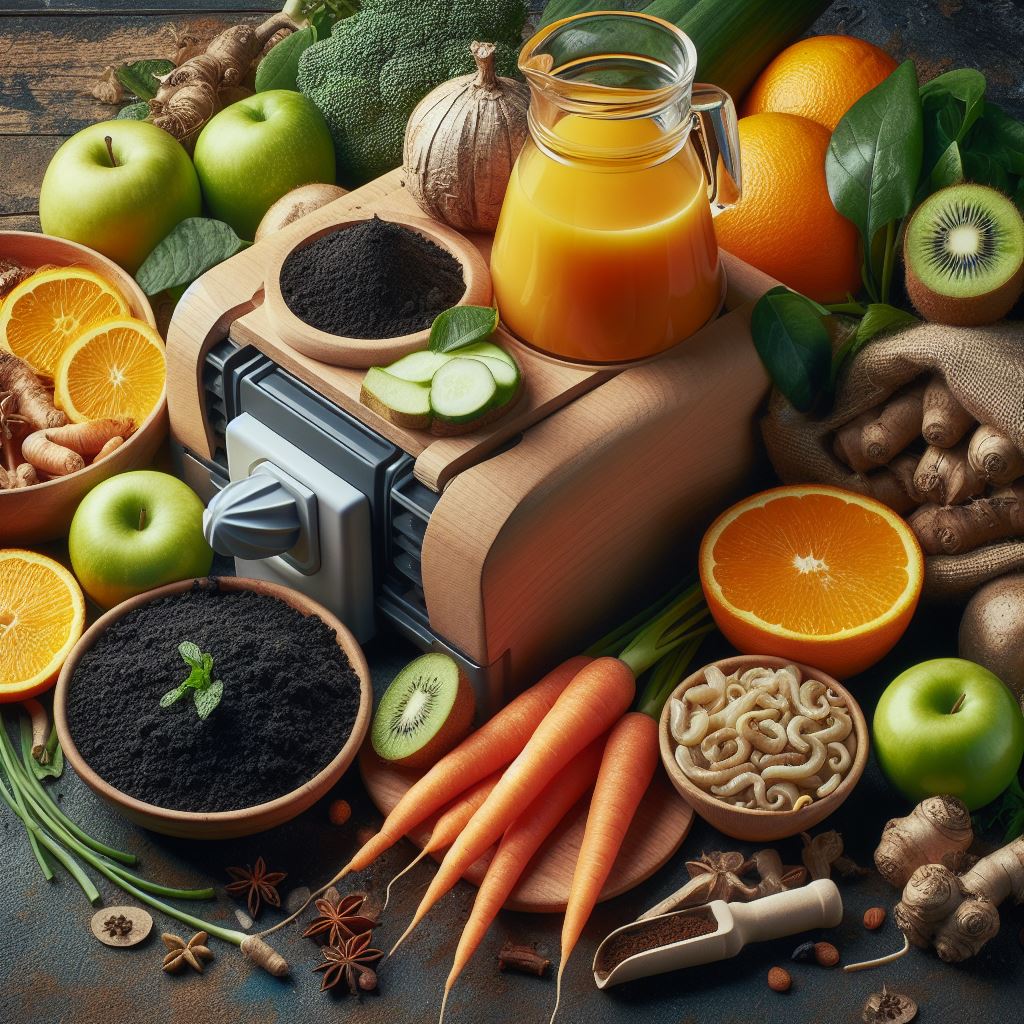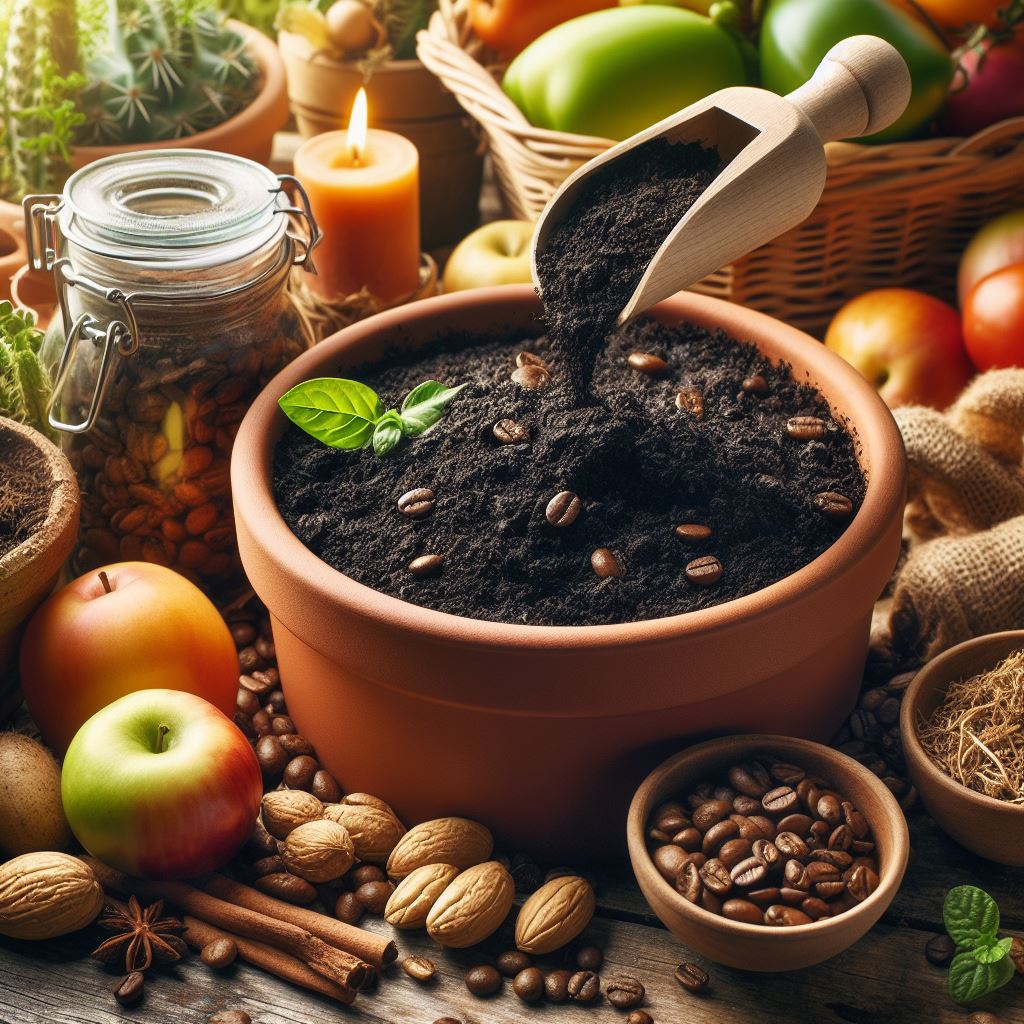Turning pig manure into compost is an effective way of recycling waste materials from pork production into valuable organic fertilizer. This ultimate guide provides a comprehensive look into composting pig manure—covering everything from the benefits and basic techniques to the use of specialized composting equipment and tips for using pig manure fertilizer in the garden. By understanding the step-by-step process and incorporating some advanced techniques, you can create a nutrient-rich compost that benefits the soil and plants in your garden, while also managing waste sustainability.
Why Use Pig Manure for Compost?
Benefits of Pig Manure as Organic Fertilizer
Pig manure serves as an excellent raw material for organic fertilizer, offering a sustainable solution to waste management in livestock farming. The use of pig manure in compost enriches the soil with essential nutrients such as nitrogen, aiding in healthy plant growth. Additionally, composting pig manure helps in reducing greenhouse gas emissions compared to traditional disposal methods, making it an environmentally friendly practice. The transformation of pig poop into rich compost utilizes the natural process of fermentation and microbial activity, contributing to the overall fertility of the soil.
Comparing Pig Manure to Other Types of Manure
When compared to other livestock manures, such as chicken manure, pig manure often contains lower levels of nitrogen. However, its higher water content facilitates faster fermentation processes, making it an advantageous component in composting. The nutrient profile of pig manure compost, with its balanced mix of nitrogen, microorganisms, and other minerals, is favorable for soil health improvement, positioning pig manure for compost use amidst various types of manure compost options.
Nutrient Content and Soil Health Improvement
The nutrient content in pig manure enhances soil structure, promotes the growth of beneficial microorganisms, and improves water retention capabilities. Soil health improvement is a critical benefit of incorporating pig manure compost into garden and agricultural practices. Through the process of decomposition, pig manure releases nutrients slowly, ensuring that plants receive a steady supply of essential elements over time. This not only revitalizes the soil ecosystem but also supports sustainable agricultural practices.
Getting Started with Pig Manure Compost
Basic Requirements for Composting Pig Manure
To successfully compost pig manure, a few basic requirements must be met, including choosing the right location, balancing the compost pile with an adequate mix of green and brown materials, and maintaining optimal water content for the fermentation process. Ensuring proper ventilation and managing the pile’s temperature are also crucial steps in creating a conducive environment for microorganisms to thrive and accelerate the decomposition of pig manure.
Choosing a Composting Site and Preparing the Pile
Selecting an appropriate site for your compost pile is essential. It must be easily accessible, yet located far enough from living areas to manage odor concerns effectively. The site should allow for proper drainage to prevent waterlogging. Preparing the compost pile involves layering fresh pig manure with dry materials, such as straw or leaves, to balance carbon and nitrogen levels and enhance the decomposition process.
Managing Odor and Ventilation
Effective odor management and sufficient ventilation are pivotal in composting pig manure. By regularly turning the compost pile and ensuring it is not too wet, one can significantly reduce odor emissions and promote aerobic decomposition, which is less smell-prone than anaerobic processes. The use of a compost turner can greatly aid in aeration and mixing, making the task less labor-intensive.
The Process of Composting Pig Manure
Stages of Decomposition and Monitoring Progress
The composting process of pig manure entails several stages, beginning with the mesophilic phase, where temperatures start to rise, followed by the thermophilic phase, which kills pathogens, and finally transitioning to the cooling and maturation phases. Monitoring temperature and compost moisture content is essential throughout these stages to ensure a healthy decomposition process.
Accelerating the Process: Turning and Aeration
Turning the compost pile regularly and ensuring adequate aeration are key strategies to accelerate the decomposition process. This can be efficiently achieved by using a manure compost turner. Types of compost turners, such as wheel type and windrow compost turners, facilitate the oxygenation and homogenization of the compost pile, greatly reducing the fermentation time.
Dealing with Pathogens and Ensuring Safe Fertilizer
The thermophilic stage of composting is crucial for killing potential pathogens in pig manure, making the final compost safe for use as fertilizer. Maintaining high temperatures for a sufficient period is essential for pathogen die-off. It is equally important to ensure that the compost has fully matured before applying it to the garden, as premature use can harm plant growth.
Advanced Techniques: Using a Compost Turner and Other Tools
Benefits of Mechanical Aeration with a Compost Turner
Mechanical aeration using a compost turner not only speeds up the composting process but also ensures a more uniform and quality compost. This can be particularly beneficial for large-scale composting operations where manual turning is not feasible. Compost turners, such as crawler type and windrow compost turners, effectively mix and aerate the pile, enhancing microbial activity and fermentation efficiency.
When to Use Compost Machines for Pig Manure
Compost machines are most suitable for larger operations or when rapid composting of pig manure is desired. The type of compost turner chosen will depend on the scale of the operation and the specific requirements of the composting process. While professional composting equipment requires an initial investment, it can significantly improve compost quality and production efficiency.
DIY Methods vs. Professional Equipment
For small-scale gardeners or farmers, DIY methods of composting pig manure may suffice. These can include simple tools for turning the compost pile manually. However, for larger quantities of manure, investing in professional composting equipment such as a compost turner can enhance the speed and efficiency of compost production, providing a quicker turnaround from pig manure to rich, organic fertilizer.
From Compost to Fertilizer: Applying Pig Manure to Your Garden
Ensuring Your Compost is Garden-Ready
Before applying pig manure compost to your garden, it’s crucial to ensure that it has fully decomposed and matured. Mature compost should be dark, crumbly, and smell earthy with no remnants of the original raw materials. Testing the compost for nutrient content and potential pathogens is also advisable to guarantee its safety and effectiveness as a fertilizer.
How to Use Pig Manure Fertilizer for Different Plants
Pig manure fertilizer is versatile and can be used for a wide range of plants, from fruits and vegetables to flowers and lawns. It’s important to incorporate the compost into the soil before planting or use it as a top dressing for established plants. The specific application rates and methods may vary depending on the plants’ nutrient needs and the soil conditions.
Mixing Pig Manure Compost with Other Organic Fertilizers
For a more balanced nutrient profile, pig manure compost can be mixed with other organic fertilizers, such as chicken manure or commercial fertilizer blends. This practice allows for the customization of the nutrient mix to meet specific plant or soil requirements, enhancing the overall health and productivity of the garden.





